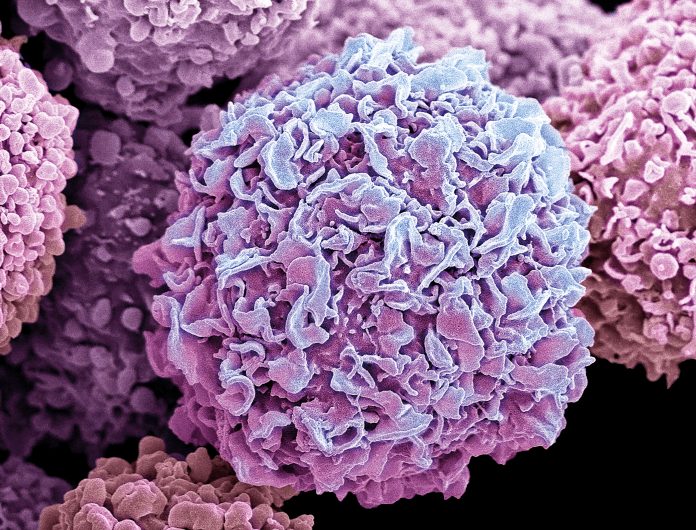
A new study led by University of Ottawa professors has found Canadian provinces that annually screen women aged 40-49 have lower proportions of advanced breast cancer compared to women aged 50-59 from provinces that did not start screening in their forties.
This discussion about when to start annual breast screening, “Has been reignited after there were flaws found in the randomization in one of the key trials (Canadian National Breast Screening Study) which found no benefit for screening,” Inside Precision Oncology was told by Anna Wilkinson, an Associate Professor in the Faculty of Medicine at University of Ottawa, and a co-lead of the current paper.
She added that, in the previous study, “Intake for patients included a clinical breast exam, and patients with palpable lumps were preferentially placed in the mammogram arm by well-meaning clinicians.”
The new study, featured in the latest issue of Current Oncology, found lower proportions of stage 2, 3 and 4 breast cancer in women 40-49 and lower proportions of stage 2 and 3 breast cancer in women 50-59 from provinces which screened the 40-49 age subset annually. Note: Most women in the US start screening at age 40 already
“This is the first Canadian study to show that screening policies for women 40-49 impact women 50-59,” said Wilkinson. “Women who are not screened in their forties are presenting with later stage breast cancer in their fifties. This means more intensive treatment and a worse prognosis for these women than if their cancers were diagnosed at an earlier stage.”
Wilkinson and fellow lead author Jean Seely reviewed the data of 55,490 women between the ages of 40-49 and 50-59 from the Canadian Cancer Registry who were diagnosed with breast cancer between 2010 and 2017. They evaluated the impact of the 2011 Canadian breast cancer screening guidelines by looking at changes in the incidence of breast cancer by stage from 2011 to 2017.
The authors found that since Canadian guidelines changed in 2011 to recommend against screening women 40-49, there has been a 13.6% decrease in incidence of stage 1 and a 12.6% increase in stage 2 for women in their forties. For women in their fifties, the incidence of stage 2 increased by 3.1% over the same period. In provinces which did not continue to have organized screening programs for women 40-49, there was a 10.3% increase in stage 4 breast cancer in women 50-59 over the six years.
Survival rates decrease in relation to the more advanced stage of breast cancer at diagnosis. The five-year survival rate for stage 1 breast cancer is 99.8% compared to 23.2% for cancers diagnosed by stage 4. Such outcomes potentially lead to more advanced cancer and intensive treatments and surgeries and increased mortality.
“This is a great example of the benefit of using Canadian Cancer Registry data housed at Statistics Canada to take advantage of studying the effect of different policies regarding ages to start screening. Our findings align with recently updated USA National Comprehensive Cancer Network guidelines that recommend annual screening mammography for average risk women beginning at age 40,” said Seely, who is Head of Breast Imaging at The Ottawa Hospital and Professor at University of Ottawa’s Faculty of Medicine
Further work, the authors say, will be needed to determine whether finding these cancers at an earlier stage translates into fewer fatal breast cancers and improved long-term outcomes.
“Although it is clear that more advanced cancers will lead to increased mortality, we would like to prove this through a long-term evaluation of breast cancer mortality. We currently have work under way to determine 10 year net survival in screeners vs non screeners,” said Wilkinson
She added that, “The accuracy of mammography has increased over time, with technology of going from filmscreen to digital mammography, and increasing use of 3-D tomosynthesis.” Performance could be further improved as tools such as artificial intelligence are applied to improve reading breast cancer screening mammograms.













